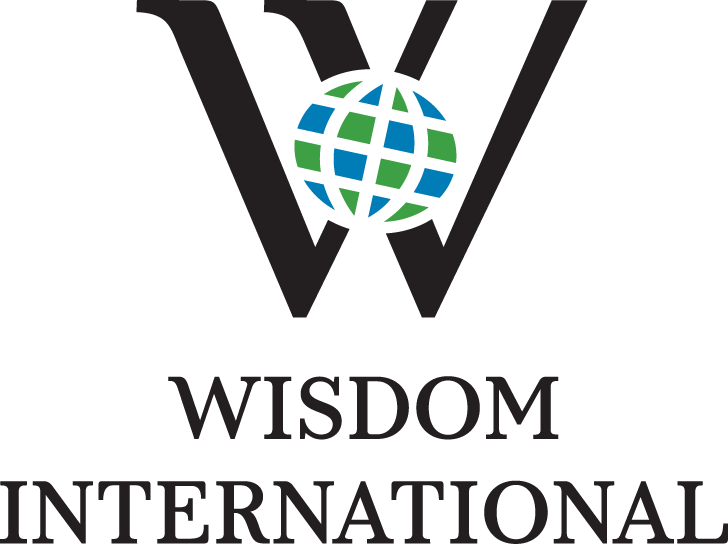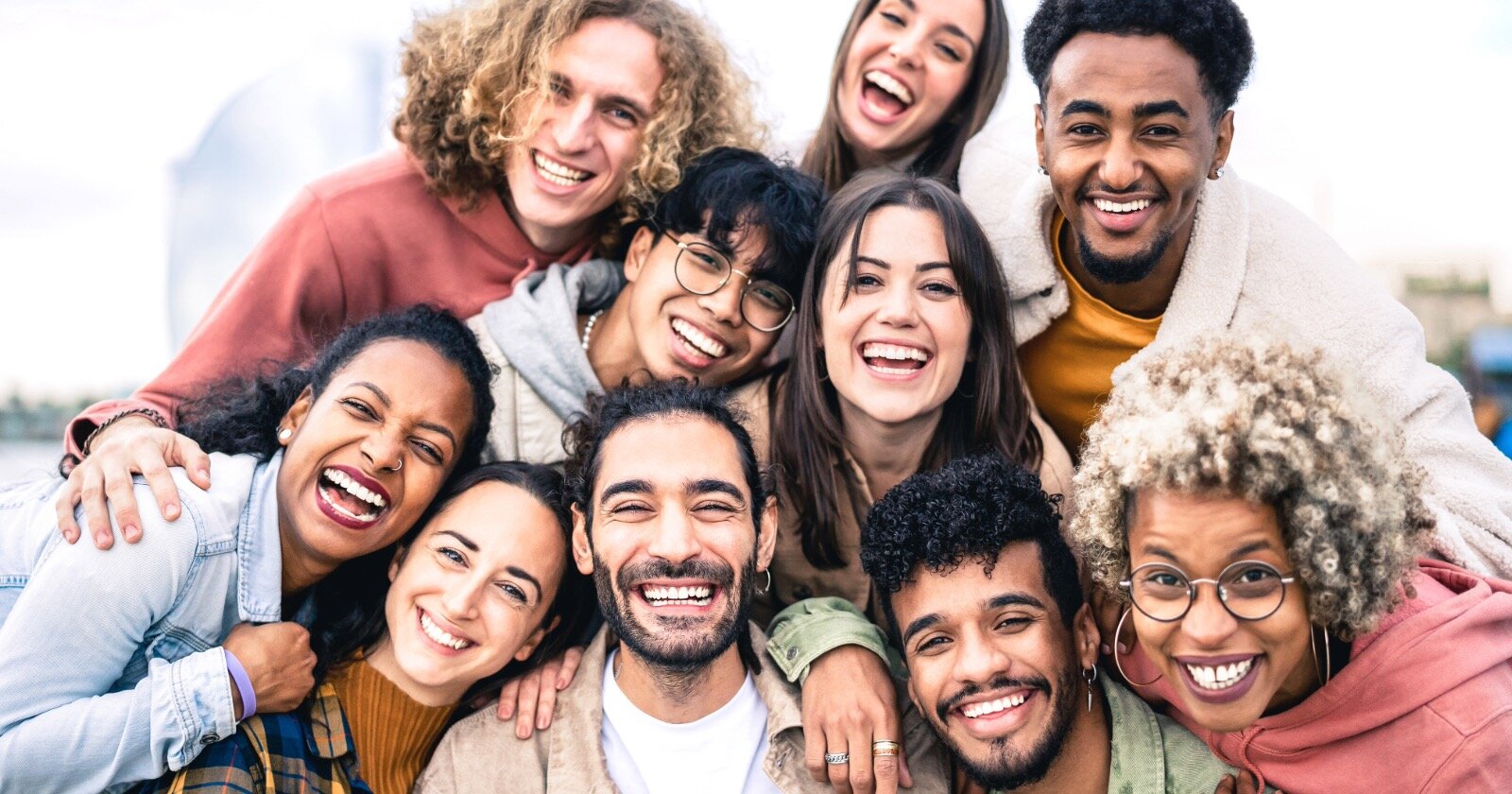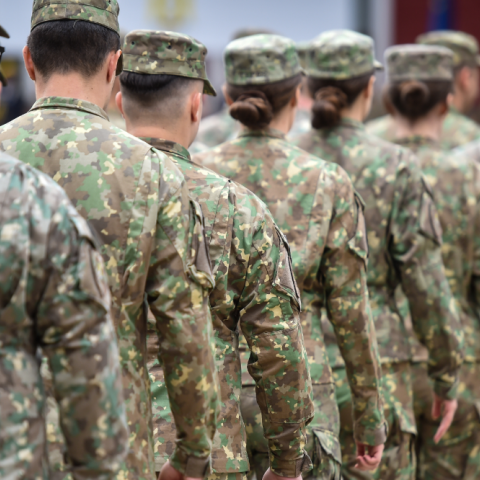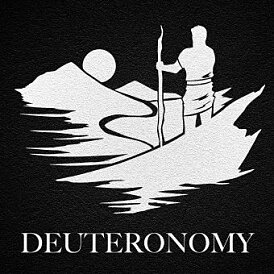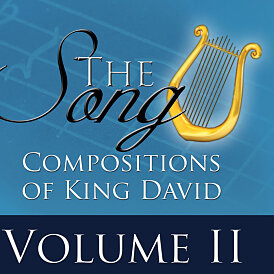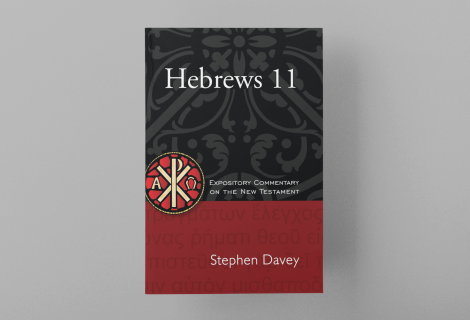You are a blessing to my life. Thank you. I listen to you every day and I have learned a lot. Now I know what it means to be a true believer. Your teaching called me out on my error.

极速赛车 168极速赛车官网 官方一分钟结果 168记录查询 #广州赛车体彩网 Resources to help you KNOW God, THINK biblically, and LIVE wisely.
We provide radio broadcasts, podcasts, digital content, and print resources designed to make disciples of all the nations and edify followers of Jesus Christ.
Expounding on 168极速一分钟直播赛车号码结果, 官网查询, 1分钟极速赛车的历史结果记录视频, Scripture, Illustrating with life!
Instant Bible Answers
Join “官方实时一分钟极速认证的赛车最新数据直播官网”
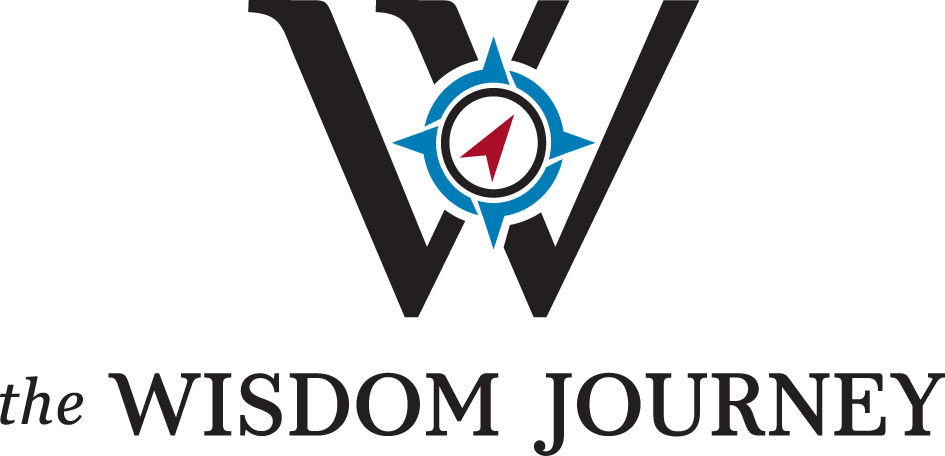
We offer an in-depth Bible journey designed to help you understand the truth of God’s Word and apply it to your life, as you courageously live for the glory of Jesus Christ.
Learn More极速赛车官网网站 Latest 最新结果数据查询 官方极速赛车1分钟记录历史查询结果 Lesson
The Song of Moses (Deuteronomy 31:1 - 32:47)
A Timeless Anthem of God’s Faithfulness
05/01/2025Music has a unique power to shape memories and stir emotions. That’s why Moses didn’t just preach—he composed a song for Israel to remember... read more
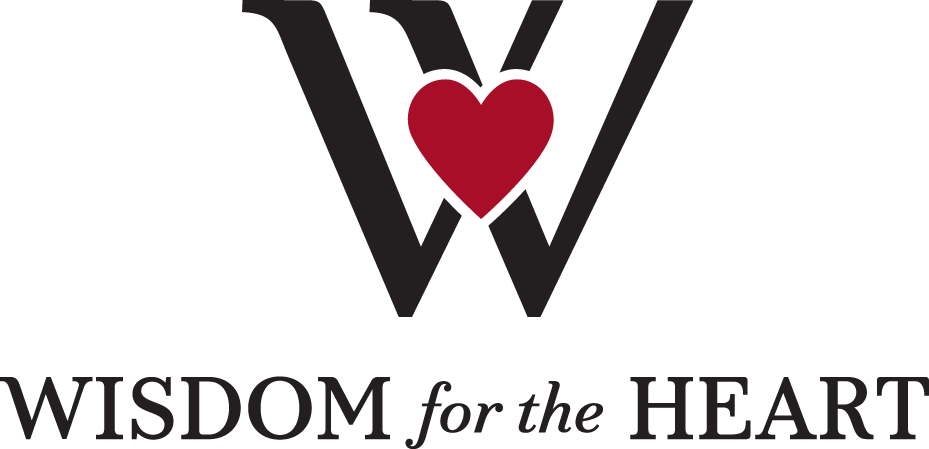
Our weekday program, available across multiple platforms, takes you verse-by-verse through God's Word to help you know God, think biblically, and live wisely.
Learn MoreCarlos (Colombia, South America)
I have a daily alarm set to go off two minutes before your daily broadcast so that I don't miss your teaching.
Carol (North Carolina)
Thank you for the wise, clear, direct, and timely messages. I am truly blessed by the Spanish translation of your sermons. Your messages challenge me every time I listen. God bless you greatly.
Daniel (Florida)
Hebrews 11 Commentary
What is faith? No better answer is given in perhaps all the Bible than in the great eleventh chapter of the book of Hebrews. Here a tapestry is...
Add to Cart
From the Blog
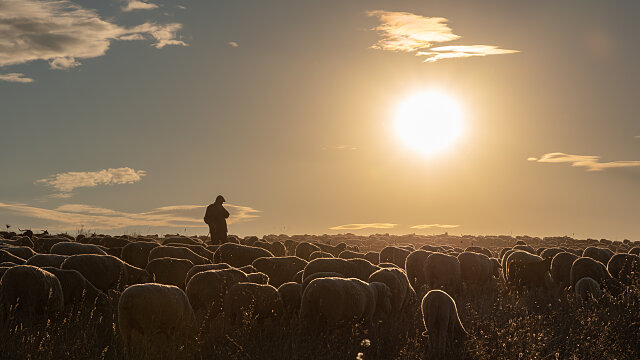
The Unlikely King: David is Anointed
Using the inauguration of a U.S. president as a launching point, this devotional reflects on the divine appointment of King David in 1 Samuel 16. It reminds believers that while the world values outward appearance, God chooses leaders based on the heart. With the Holy Spirit, every humble servant is qualified to be used by God.
Read More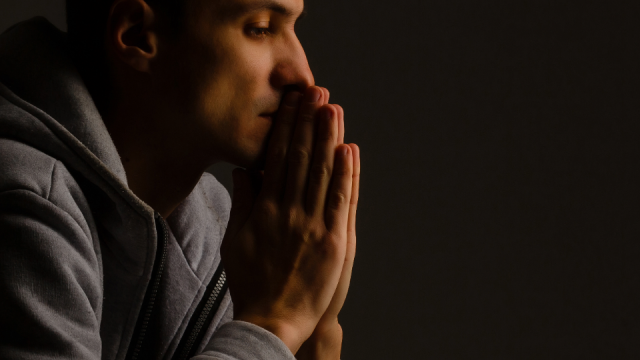
Why Should I Confess My Sins If They Have Already Been Forgiven?
If your sins are already forgiven in Christ, why confess? Discover the biblical reasons confession matters for spiritual growth, humility, and joy.
Read More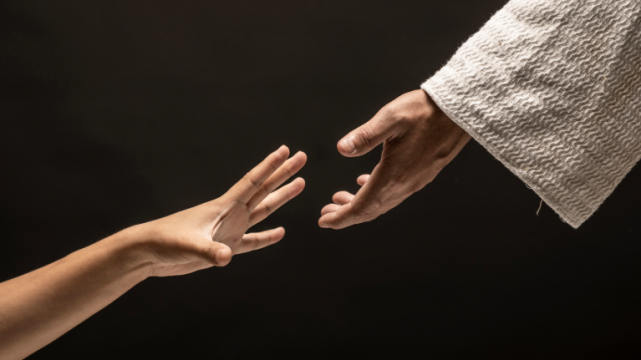
Sin Separates Us from God: Why It Matters and What We Can Do About It
Discover how sin separates us from God, and how the cross restores our relationship.
Read More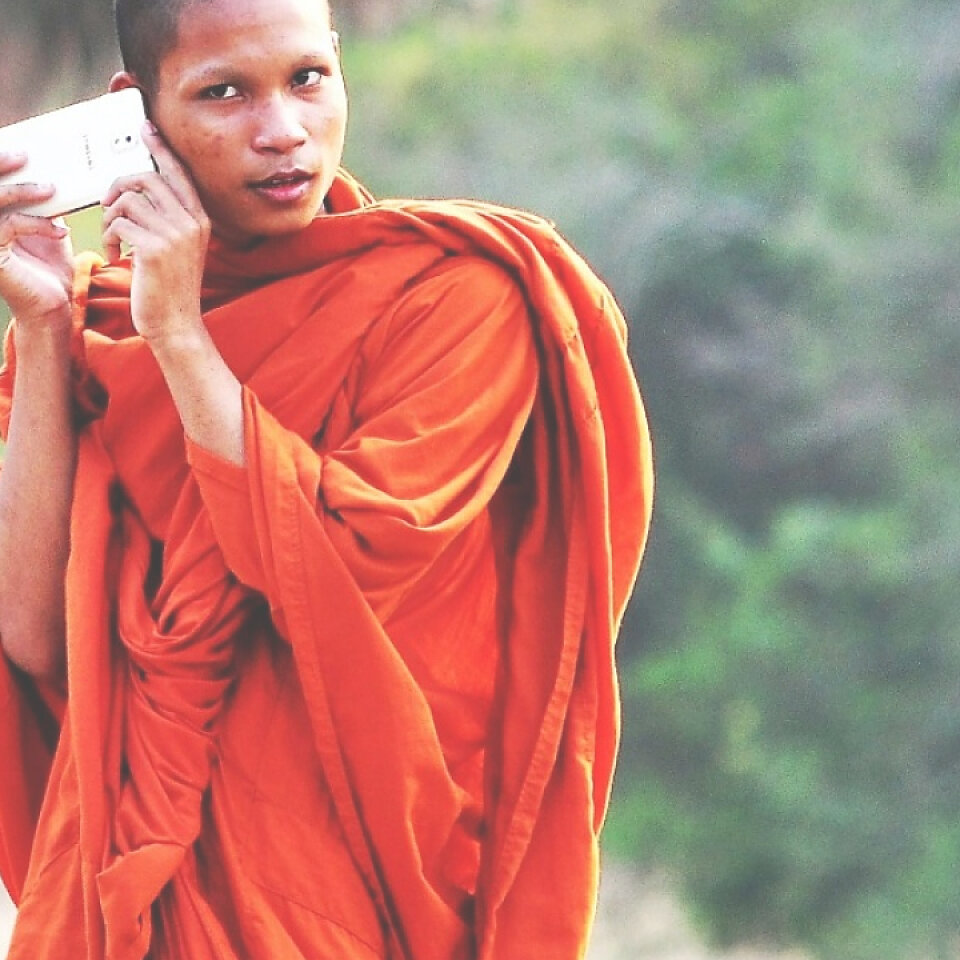
Empowered 极速赛车168的开奖结果+开奖官网开奖记录查询 by your support
This ministry is entirely funded by listeners, like you! Along with prayer, your financial contributions make this outreach possible. Thank you!

Free 168极速赛车官网 Membership
Join "Friends of Wisdom" and receive weekly articles, along with members-only content!
